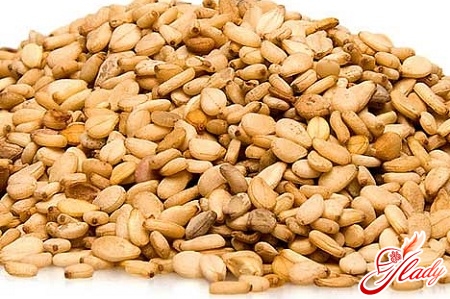
Hemorrhagic cystitis is a serious condition.a common disease of the genitourinary system, in which the mucous membrane of the bladder is inflamed, and there are traces of blood in the urine. This phenomenon is periodic, blood in the urine appears and disappears. The symptoms are the result of the mucous membrane beginning to break down under the influence of harmful bacteria.
Causes of the disease
Most often, the main causes of hemorrhagic cystitis are the following:
- viral infections;
- the passage of chemotherapy, especially in combination with chemical exposures;
- frequent containment of urine, which causes the bladder to overflow, and its walls are stretched, thus, there is a violation of blood circulation;
- mechanical obstructions to emptying the bladder, such as the presence of tumors and a narrow urethra;
- foreign bodies in the lumen of the bladder;
- the entry of harmful bacteria into the bladder as a result of non-observance of personal hygiene;
- weakened immunity;
- Diabetes mellitus;
- Thyroid gland diseases.

The main symptoms of hemorrhagic cystitis
The main symptom of the disease is frequenturination (even every 15 minutes), accompanied by sharp pain. Acute hemorrhagic cystitis is characterized by high body temperature, chills and poor health. These symptoms may disappear within a week. But if left untreated, hemorrhagic cystitis can become chronic. With the chronic form, each subsequent exacerbation of the disease will have less pronounced symptoms, but blood in the urine will always be present. The walls of the bladder will begin to overgrow with connective tissue, and its functioning will deteriorate. Thus, the following main symptoms of the disease can be identified:
- increased body temperature at the onset of the disease;
- chills, malaise, fever;
- discomfort and pain in the lower abdomen;
- frequent and painful urge to urinate;
- presence of blood impurities in the urine;
- the presence of leukocytes in the urine;
- retention of urine as a result of thrombosis of the urethra.

Treatment of the disease
An attack of hemorrhagic cystitis canmay occur as a result of hypothermia, and most often people do not pay due attention to the first symptoms, believing that the body will cope on its own. Usually, bloody discharge appears on the second day. It is imperative to treat the disease, since otherwise it can lead to the development of an infection in the kidneys. Treatment of hemorrhagic cystitis should be started immediately after the first symptoms appear, so that the disease does not have time to develop into a severe form. Most often, the disease is diagnosed using ultrasound and X-ray examinations, cystoscopy, urine and blood tests. Treatment should only be carried out by a doctor. Usually, if cystitis is not severe, hospitalization of the patient is not required. However, bed rest and diet are mandatory. Alcoholic beverages, spicy, sour, spicy foods, etc. should be excluded from the diet. Each case of the disease is individual. The attending physician will most likely prescribe medications, microclysters, warm baths. If the treatment is inpatient, then the procedure of irrigation of the bladder with water or special solutions is introduced into the course of treatment. Based on all this, the patient must:
- adhere to bed rest;
- observe the diet, namely, exclude from the diet acidic, smoked, spicy food and increase fluid intake;
- Take medications prescribed by your doctor;
- take drugs that strengthen the walls of blood vessels.
After curing hemorrhagic cystitisIt is necessary to adhere to the basic rules of disease prevention in order to exclude the possibility of relapses. It is necessary to observe the rules of personal hygiene, avoid hypothermia and prevent inflammatory diseases. It is always worth remembering that prevention and timely treatment are the best ways to avoid complications.









